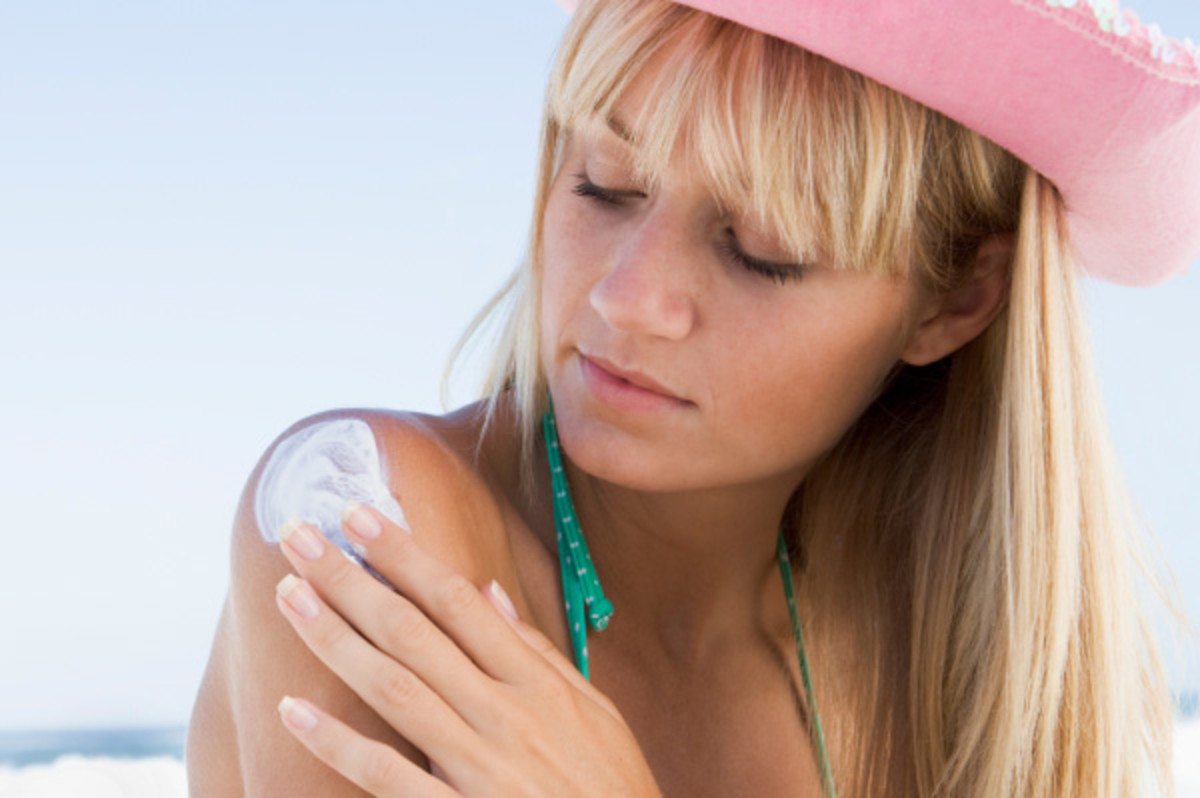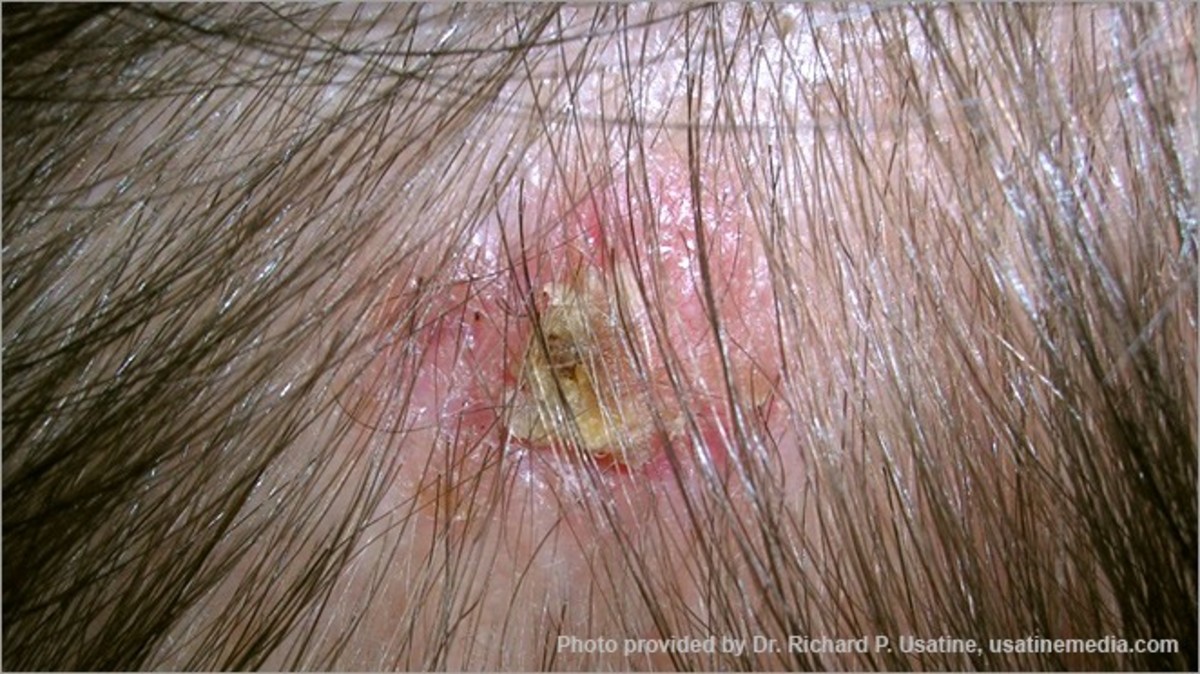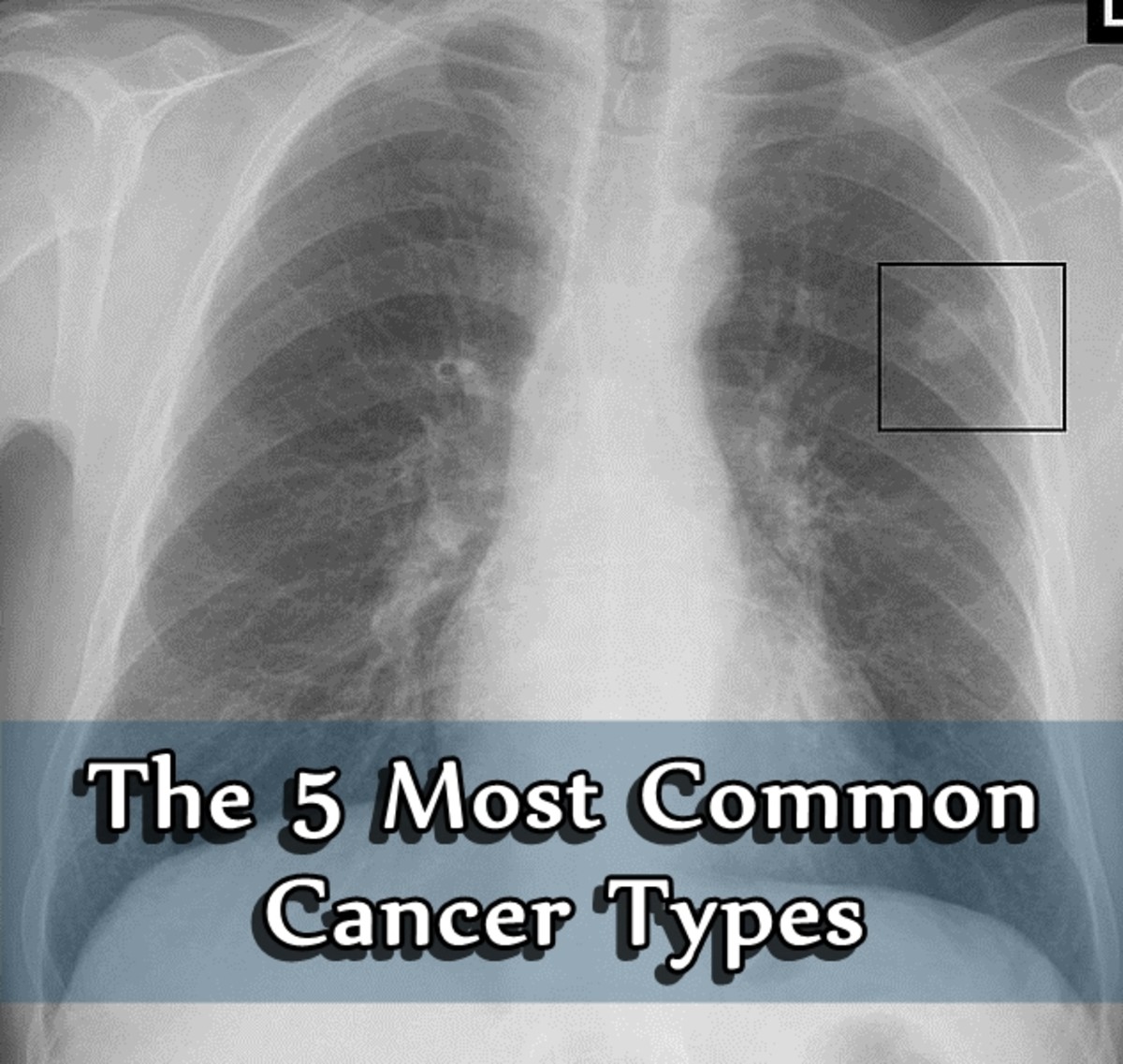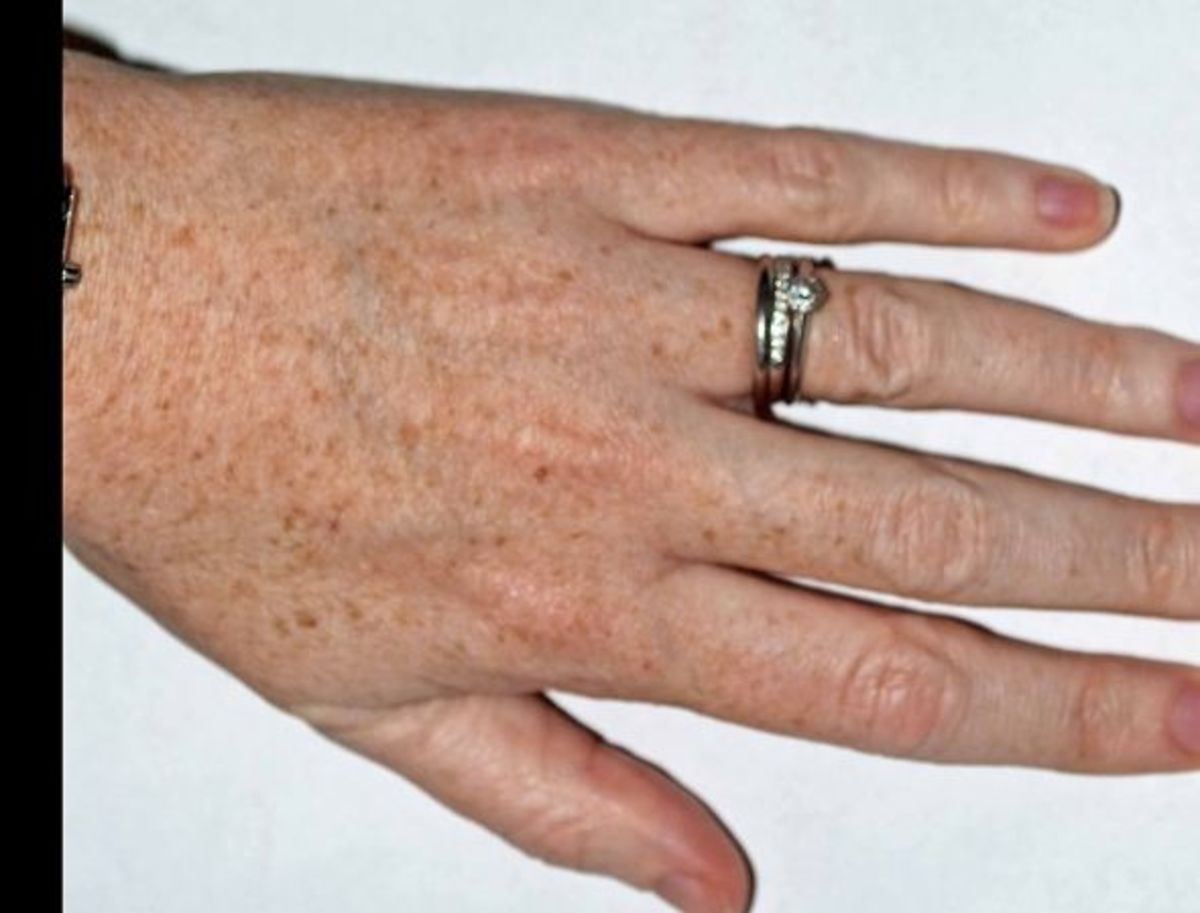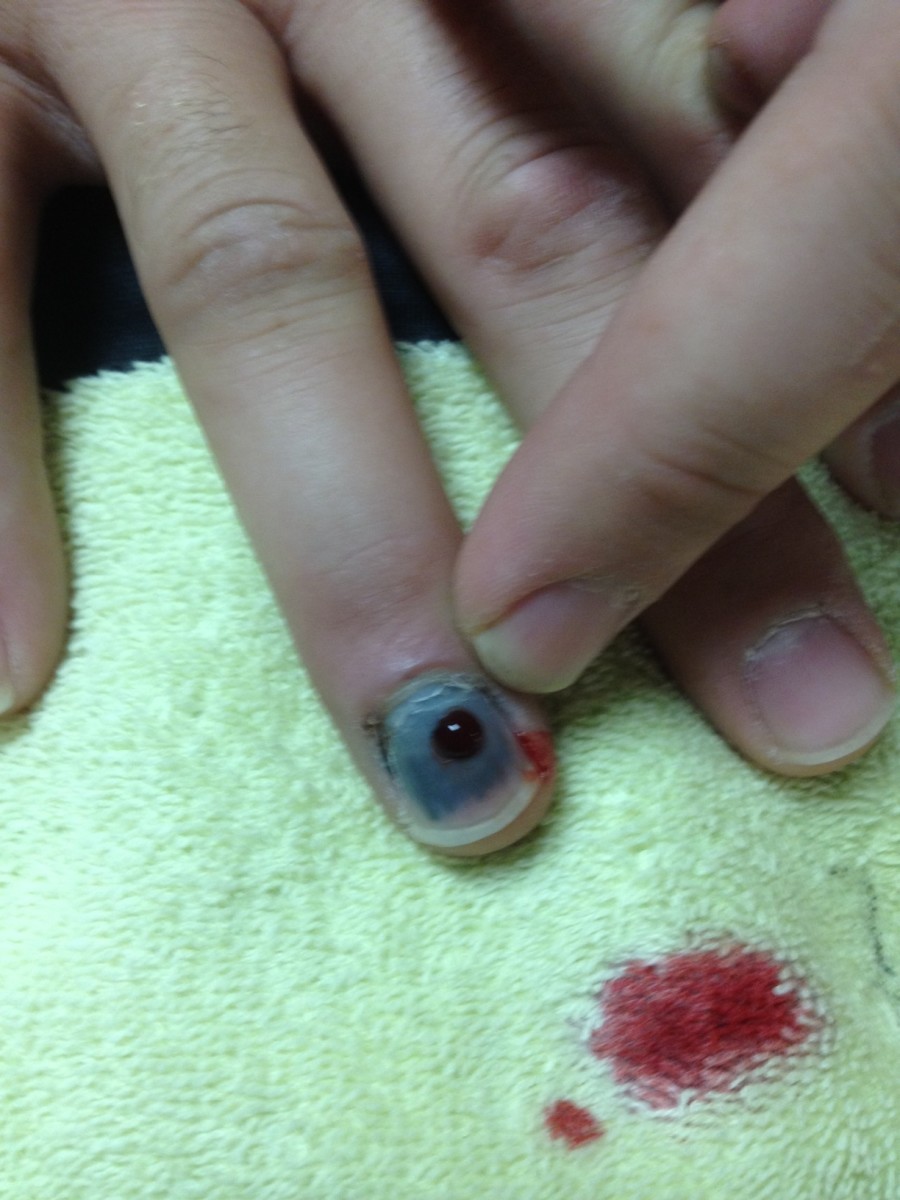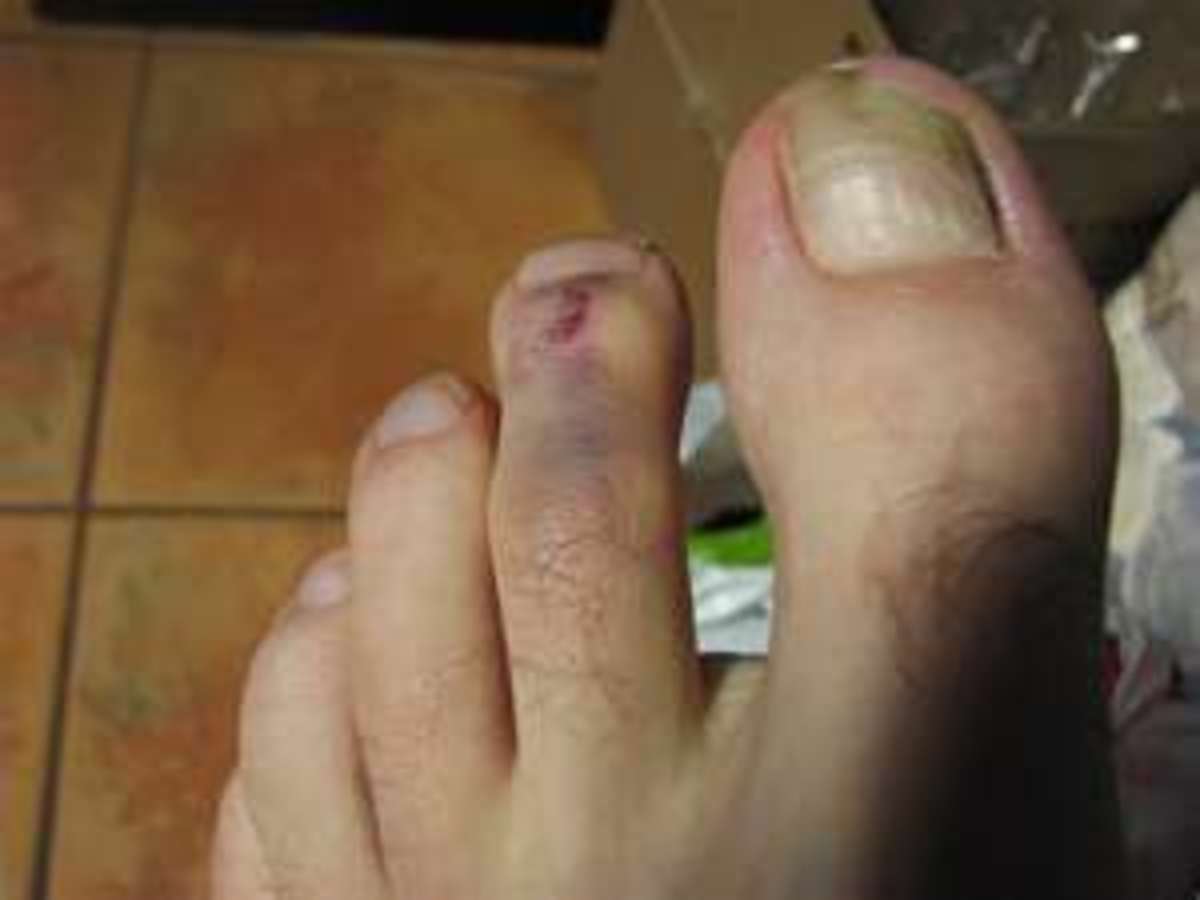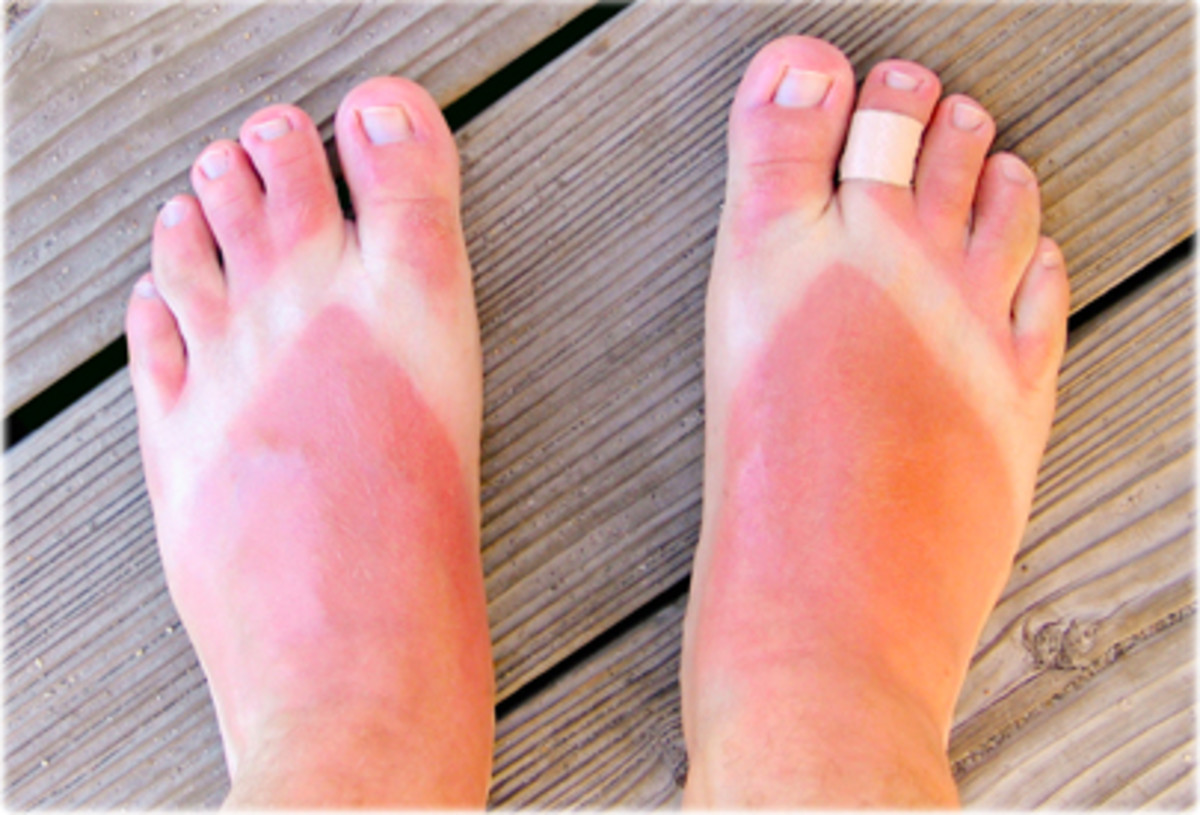Stay Safe in the Sun: Treating and Preventing Sunburn
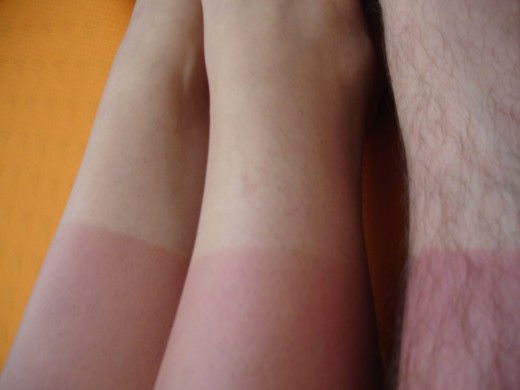
Sunburn Poll
Have you ever had a holiday ruined due to sunburn?
What is Sunburn?
After being cooped up all winter, most of us jump at the first chance to spend some time in the sun outdoors. All too often, this results in a bright red, hot, and painful sunburn. But what is sunburn?
Unlike their namesakes, sunburns are not the same as the burn you get by touching a hot object. Sunburn is caused by Ultra Violet (UV) radiation damaging and mutating the DNA in your skin cells; Burns are caused by thermal damage to the cells of your skin but leave the DNA untouched. As a result of this, sunburns can cause lasting damage to the DNA in your skin cells.
The symptoms of a sunburn are actually caused by your body trying to repair the damage:
- Blood vessels in the area swell, allowing blood to rush to the damaged area. This causes the red colour
- Your blood is hot, and so an increase in bloodflow to the area also makes it feel as if the burn is giving off heat
- The body also triggers the release of chemicals which trigger inflammation to protect the area. This makes sunburns swollen and painful
- Some of the skin cells are so badly damaged that they must be destroyed to prevent them from becoming cancerous. This is what causes the skin peeling associated with a sunburn.
It is vital to remember that heat does not cause sunburn - this is why so many people get burned skiing or on a cool day. The primary cause of sunburn is UVB radiation, one of three types of UV radiation emitted by the sun
Type of UV Radiation
| Penetration
| Effects
|
|---|---|---|
UVA
| Deep skin penetration
| Ages the skin
|
UVB
| Shallow skin penetration
| Causes skinburn and skin cancer
|
UVC
| n/a*
| n/a*
|
*Whilst UVC is a dangerous radiation, this is filtered out by the ozone layer and so is not absorbed by our skin
Facts about Sunburn
- The sun emits Ultraviolet radiation - this is what tans us, but is a proven carcinogen.
- Skin cancer is the most common form of cancer in the USA.
- 1 in 5 Americans will develop skin cancer in their lifetime.
- 90% of paediatric melanoma cases occur in girls aged 10-19.
- Up to 90% of the visible changes attributed to aging are caused by the sun.
- A painful sunburn just once every two years can triple your risk of skin cancer.
Myths About Tanning
- A tan is a sign of health. Your skin has changed colour because it has been damaged. 90% of the visible signs of aging are due to the effects of the sun. The more you tan, the faster you age your skin
- A 'base-tan' offers protection. Experiments have shown that even a strong tan only has an SPF of around 4. This will not protect your skin from UV damage.
- You need to burn to get a decent tan. A burn is a sign of serious damage to your skin. Cells damaged by UV are at a much higher risk of dividing uncontrollably - a key characteristic of cancer.
- Fake tan provides the same protection as a real tan. Even if this were true, it is still a laughably small amount of protection. As it is, fake tans only change the colour of your skin, and does not increase melanin production.
- Sun block/screen in the morning will last all day. Unfortunately sweat, humidity, and friction all remove the protective layer of sunscreen, no matter how high its SPF. It is recommended that sunscreen is applied generously and frequently - at least every 3 hours and more if you a sweating or swimming (yes...even if it says it is waterproof.)
Sun Exposure Advice
Sunburn can lead to serious health complications further down the road so this is very much a case of prevention is better than cure. The following guidelines (as issued by numerous medical bodies) can reduce your risk of sunburn:
- Spend time in the shade between 11am and 3pm, when the sun's UV rays are strongest.
- Cover up with a t-shirt, hat and sunglasses.
- Use at least SPF15 sunscreen - apply generously and reapply often.*
- Reapply suncreams after swimming or bathing - even those that claim to be waterproof.
- Beware of reflections - 75% of UV are reflected back from snow, 15% from sand and 10% from water
Remember, if the UV rays are strong enough, you can burn even on cool cloudy days!
*Ensure your suncream is in date (most sunscreens have a shelf life of around 3 years) and offers broad UVA/B protection. In the UK look for at least 4 stars.
Sun Protection for Kids
Children are particularly vulnerable to the effects of the sun - infants and toddlers even more so. There are some particular ways you can protect children from harmful UV rays:
- Use shade - babies should be kept in complete shade. There are a plethora of shades, parasols and canopies that are available to protect young children, many of which can attach to prams and buggies.
- Cover them up - protect a baby's skin using loose-fitting clothes and a wide brim hat. Particularly young children may benefit from clothes (particularly swimwear) that has a high SPF factor.
- Wear sunglasses - as soon as the child can wear them it is a good idea to purchase some UVA/B protective sunglasses (they don't have to be expensive)
- Hats - encourage children to choose hats they like that provide protection for the face, neck and shoulders.
- Use sunscreen - Use a high SPF15+ as a minimum but preferably higher. Children, infant and baby formulations are available that do not irritate the skin. Focus on applying to the face, ears, neck, feet and backs of hands - any area that cannot be protected by clothing.
- Reapply sunscreen regularly - sunscreen is easily washed, rubbed and sweated off.
- Don't forget school times - kids can burn as easily at school as in the holidays. Give children a hat and smother them in sunscreen before they leave. If they cannot apply sunscreen themselves, cover them up with loose-fitting clothing.
How to Prevent Sunburn: Medical Advice
SPF
| % UV absorbed
|
|---|---|
2
| 50
|
4
| 70
|
8
| 87.5
|
15
| 93.3
|
30
| 96.7
|
50
| 98
|
As you can see - even factor 50 does not absorb ALL UV radiation. All sunscreens/sunblocks should be applied generously and reapplied often, and certainly after swimming (even those that claim they are waterproof)
Sunscreen, Sunblock and SPF
What is the difference between sunscreen and sunblock? Put simply, sunblock reflects the sun's rays (blocking the UV from reaching the skin); sunscreen absorbs the UV radiation before it reaches the skin. But the amount of absorption depends on the SPF
SPF stands for sun protection factor and is a measure of how much UV is blocked by the sunscreen: the higher the number the more protection is offered. Although many people believe the SPF is a multiplier for how long you can spend in the sun (e.g. if you usually burn after 10 minutes and put on SPF15, you can spend 150 minutes in the sun before burning) this falls apart the second you start sweating, swimming or rubbing your skin. In general, sunscreen should be reapplied regularly - at least every 2-3hrs - regardless of SPF.
Remedies for Sunburn
How to Treat and Soothe Sunburn
Sunburn can be very painful - particularly for children. The first priority should always be to avoid sunburn in the first place. However, if you do end up with sunburn, there are some easy ways that this pain can be relieved:
- Cool baths with baking soda (even gentle showers can hurt, or even break the skin if the burn is bad enough) Cold compresses can also cool and soothe the skin.
- After-sun lotion - these formulations tend to contain soothing ingredients such as aloe vera. Some contain hydrocotisone. Always read the label and do not apply more than 4 times in a 24 hour period. Do not use petroleum jelly (e.g. vaseline).
- Aspirin (adults only) or Ibuprofen (children) - this reduces inflammation and helps with the pain.
- High SPF sunscreen. It is vitally important that you do not allow the damaged skin to be exposed to UV. Cover up with loose fitting clothes and apply sunscreen regularly; even better avoid any exposure to the sun until your skin has healed.
How to Soothe Sunburn: Video Advice
Sunburn Quiz
view quiz statisticsSkin Melanoma - The Dark Side of Tanning
UV radiation is known as an 'ionising radiation' - it has sufficient energy to interact with molecules and knock electrons off of them. This creates dangerously reactive ions that bounce around your cells, damaging anything they knock into: think bull-in-a-china-shop. This can cause mutations in DNA which can ultimately lead to cancer.
Skin cancer is the most common cancer in the US; they are so common that the National Cancer Institute prefaces all of its lists of common cancers with 'excluding non-melanoma skin cancer.'
Melanoma is a relatively rare form of skin cancer, accounting for only around 10% of all skin cancer cases. However, Melanoma is an extremely dangerous form of cancer, and is the leading cause of death from skin disease in the US. There are huge regional variations in the incidences of melanoma of the skin, with frequency being loosely related to latitude.
Prognosis is all down to disease progression when treatment begins. Caught early, outcomes are generally good, caught at an advanced stage and few cases result in a complete cure. It is vitally important to get any:
- new moles
- irregularly shaped moles
- growing moles
- painful, scabbed or sore moles
checked out by your doctor urgently.


